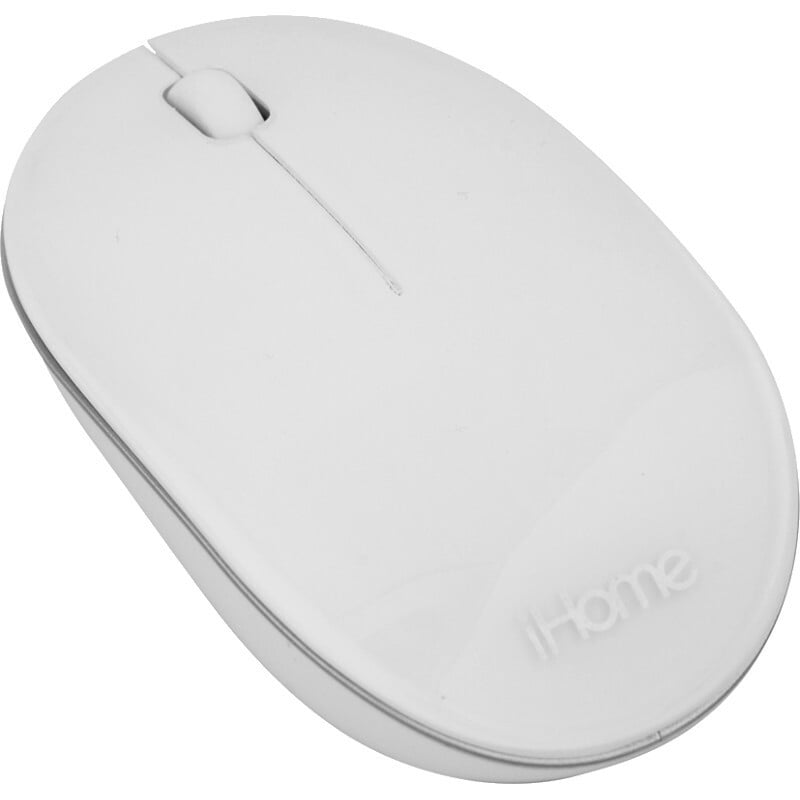

The optical portion of the mouse is blocked See our computer cleaning page for steps to remedy this problem. If you have an optical mouse (LED or laser) with erratic behavior, the optical eye may be blocked. Hair or fuzz can block the sensor on the bottom of the mouse, preventing the optical sensor from working correctly.

Turn the mouse over and make sure there is no debris blocking the hole. Blowing into the hole usually removes any hair or fuzz that could cause problems. Bad surfaceĪlthough most mice work on any surface, if you're having problems, use a different mouse pad or surface, such as a book or piece of paper.

For example, optical mice are notorious for not working on glossy surfaces. Putting a piece a paper under the mouse is a quick fix for this issue. If you have a wireless mouse, there can be several reasons why your mouse may be jumping. To communicate wirelessly with the computer, your mouse must have a strong signal between the computer and the mouse. Make sure your mouse is no more than a few feet away from the wireless receiver. If the USB receiver has a short cable, move it to the front of the computer to get a better signal. Bad or failing batteriesīad or failing batteries can also cause low signal strength with wireless mice. Try replacing the batteries or making sure they are charged to see if the batteries are causing the issue. Wireless signal interferenceĪs with any wireless device, wireless mouse signals are susceptible to RFI (radio frequency interference). Depending on where the wireless receiver is located, other device signals may interfere with signals from the mouse to the receiver. Some computer monitors, and even hardware in a computer, can give off electrical signals that interfere with a wireless mouse.Ī wireless router, keyboard, headset, cordless phones, and other devices transmit and receive signals that could interfere with the mouse signals.Įlectrical interference is also possible. For example, if the monitor is not properly shielded or malfunctioning, it can release electrical signals that may scramble or break up the signals from a wireless mouse. The same concept applies to computer hardware, especially a power supply. It is also possible for EMI (electromagnetic interference) to cause issues with a wireless mouse. If a device with a magnet is near the wireless receiver or mouse, it can cause interference that results in erratic mouse behavior.įor all of these types of interference, the solution is to determine which device is causing the interference. Try moving that device to another location that is farther away from the mouse. If it receives and transmits wireless signals to its receiver, try moving the device or receiver. If you find the computer monitor is causing the problem, replace the monitor, as it should not be generating an interfering signal and is likely defective. The same is true if the computer power supply is causing the interference its best to replace it. It is possible that a loose connection or bad port can cause problems with the mouse. Make sure that it's not either of these problems by disconnecting the mouse from the current USB port and connecting to another USB port. If you are using an older computer with a PS/2 mouse, try disconnecting the mouse and reconnecting the mouse into the mouse port (usually the green port).


 0 kommentar(er)
0 kommentar(er)
